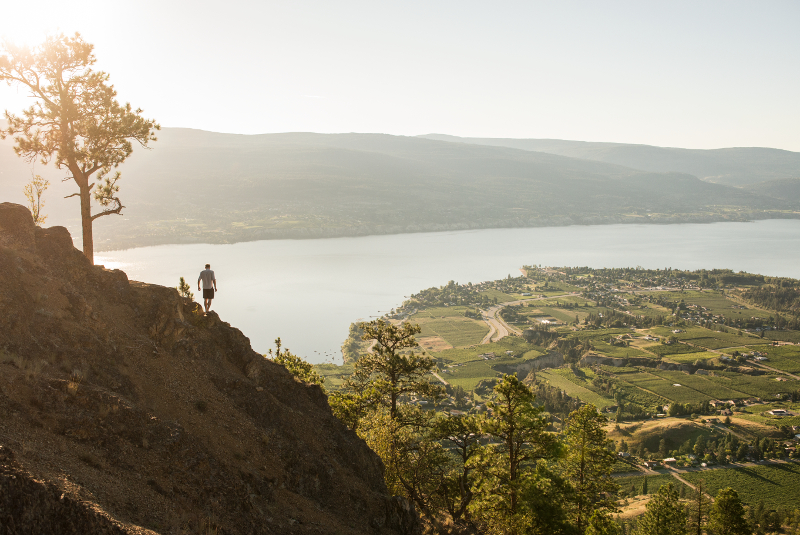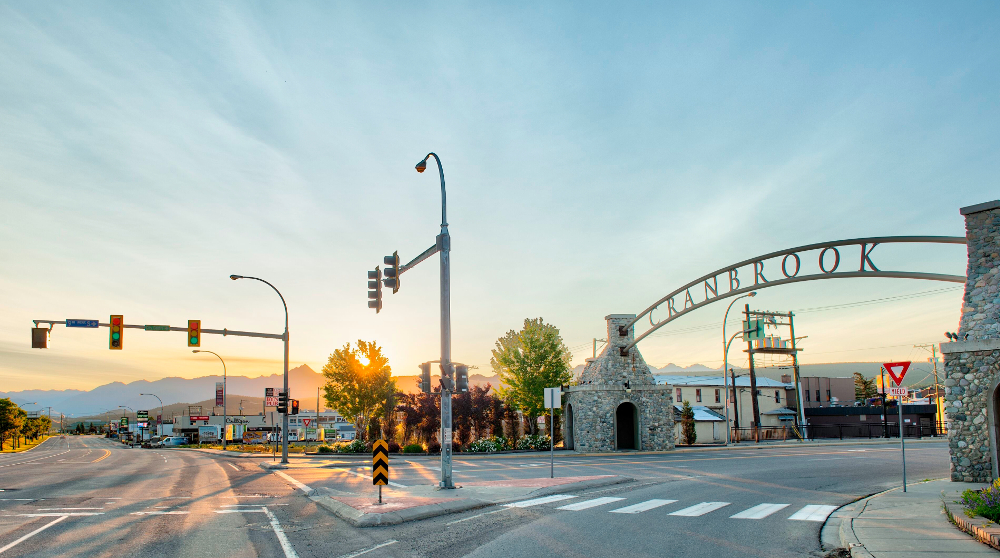In the new world order, a bit of breathing space isn’t just nice to have–it’s a must-have. A dozen communities, ranging from a couple thousand to a couple hundred thousand residents, each offer the home-office space, affordability, business supports and a variety of amenities that make them ideally suited for workers and entrepreneurs at any stage of career.
By Matt O’Grady
Abbotsford
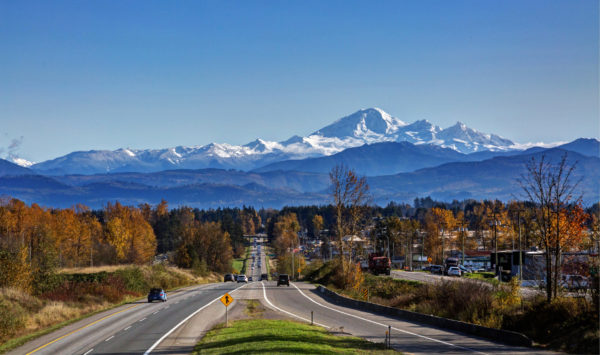
It has 150,000 residents and all the big-city attractions of Vancouver–without the big-city traffic and prices. 70 kilometres southeast of Vancouver.
Connections: Adjacent to the U.S. border, with easy east-west access to Vancouver and the Okanagan from Highway 1. Abbotsford International Airport provides global connectivity and a more relaxed hub for getting to top Western Canadian destinations.
Community: The hub of the Fraser Valley agricultural community, Abbotsford also has a vibrant aviation sector tied to the airport, plus a niche manufacturing sector. The Valley is also a popular location for TV and movie shoots.
Competitive Advantage: Recent investments by Telus have expanded high-speed broadband service to more than 90 per cent of Abbotsford’s population. According to Abbotsford economic development specialist Vern May, that’s made a home office there “as efficient an option as ever before.” For those who can’t work from home, and don’t want to brave a rush-hour commute into Vancouver, May points to new co-working space from Backbone Offices.
Coming Soon: The Abbotsford Tech District (still in the visioning stages) is expected to play a major role in the future of the tech sector in the Fraser Valley.
Cranbrook
Home to 20,000 people at the heart of southeastern B.C., it has easy access to the Rocky Mountains and Columbia Valley. 840 kilometres east of Vancouver; 388 kilometres south west of Calgary.
Connections: Canadian Rockies International Airport offers regular flights to Vancouver, Calgary and destinations beyond. Located on Highway 3, Cranbrook is a critical stop on the CP Rail line, as well as a hub for business and tourism in the East Kootenay.
Community: Cranbrook is the administrative hub for the East Kootenay, so the city is well-positioned with public amenities, including schools and hospitals. Leveraging its history as a resource town, with many nearby mining and forestry operations, Cranbrook has worked hard to build out its transportation and industrial infrastructure for light-industrial operations.
Competitive Advantage: As part of an ongoing effort to restore Cranbrook’s historic downtown (a completed Downtown Revitalization Master Plan is expected at Council in early 2021), the city offers a Downtown Revitalization Tax Exemption to applicants who undertake improvements, “including façades or developing a mixed commercial/residential use project.”
Coming Soon: The city sees digital infrastructure as key to its ability to attract future businesses, and is actively exploring opportunities for more free public WIFI and, down the road, 5G coverage.
Esquimalt
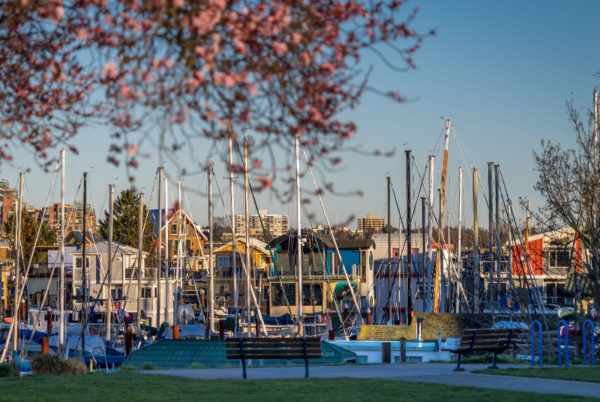
It’s part of Capital Region District, but in lifestyle amenities and affordability measures for its 17,000 residents, it’s a world apart. 4 kilometres east of Victoria.
Connections: A quick 10-minute drive from downtown Victoria (or short walk along the scenic West Bay Walkway), the township is also about half an hour’s drive from Victoria Airport and the Swartz Bay ferry terminal.
Community: Located on the southeast coast of Vancouver Island, the marine economy is foundational here: it’s home to Canadian Forces Base Esquimalt, the community’s largest employer, as well as the Esquimalt Graving Dock, the largest non-military site for ship repair on the West Coast. With more than 600 licensed businesses and services, Esquimalt is an increasingly attractive place to set up shop for smaller enterprises, as well.
Competitive Advantage: Esquimalt sells itself on its outdoor amenities: close to a major economic centre, but with 40-plus parks and acclaimed golf courses nearby. The township’s Revitalization Tax Exemption bylaw is also driving businesses to help beautify the downtown core.
Coming Soon: Two big revitalization efforts in the works include a $7-million Japanese-style recreation building at Esquimalt Gorge Park on the waterfront, and a new Esquimalt Town Centre (a large mixed-use project with residential and commercial space) downtown.
Kamloops
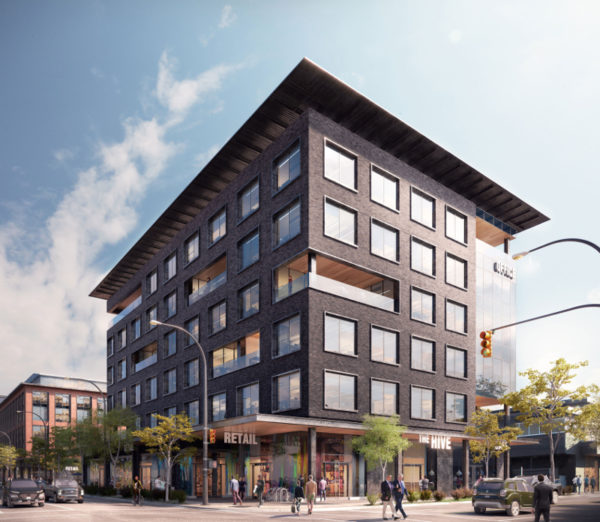
This city of 100,000 is evolving beyond its working-class roots to become an outdoor rec and right-sizing mecca. 350 kilometres northeast of Vancouver; 167 kilometres northwest of Kelowna.
Connections: Kamloops Airport provides regular service to Vancouver and Calgary, though both cities are comfortably reached via the Trans-Canada Highway.
Community: While the resource economy is still critical to the region, the knowledge economy has taken off in recent years, with the expansion of Thompson Rivers University. According to Jim Anderson of Venture Kamloops, building permit values in 2020 “are on pace to continue a three-year trend of consecutive record values.”
Competitive Advantage: Anderson says Kamloops has the advantage of being well-situated (“even more important as supply chains come under increased pressure”), affordable and ripe for recreation (they don’t call it the Tournament Capital of Canada for nothing).
Coming Soon: July marked the ground-breaking for The Hive, a new three-building retail-and-office complex along Lansdowne Street–the first new commercial building downtown in Kamloops since 2007.
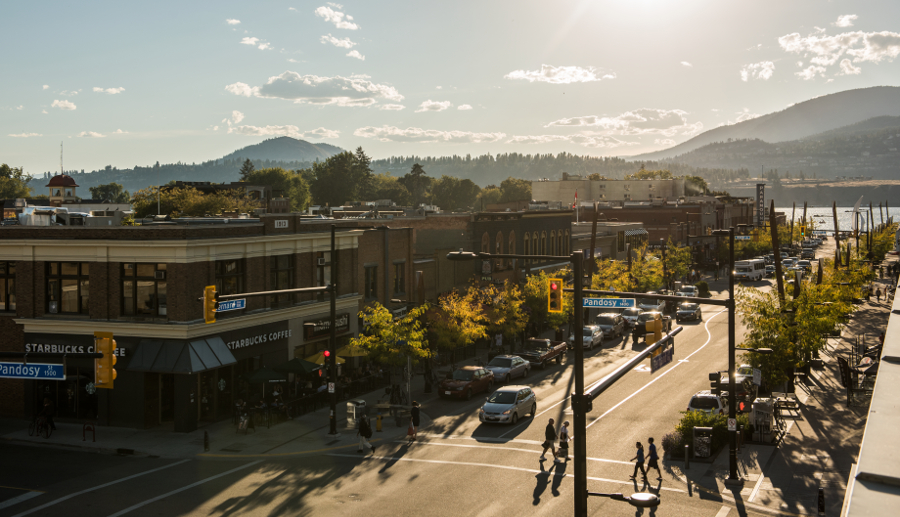
Kelowna/Central Okanagan
The Central Okanagan, with Kelowna as its economic heart, offers a bit of city, and lots of culture to 200,000 residents. 400 kilometres east of Vancouver.
Connections: Kelowna International Airport has daily flights across the West, as well as service to Toronto and the North and seasonal flights to Mexico. Highway 97 services the Okanagan and all points beyond.
Community: The Central Okanagan Region represents a wide range of economic interests, with Kelowna the hub for education (UBC Okanagan or UBCO), animation and aviation, while surrounding communities (from Lake Country to Peachland) provide a small-town business vibe with easy access to access to acclaimed wineries and farmland.
Competitive Advantage: While the area is a tourism hotspot, local amenities are a boon to those moving to the area as well. It’s also an increasingly young population, with Kelowna’s under-35 set growing at twice the Canadian average. KPMG has ranked Kelowna the No.1 lowest-cost city for business in the Pacific Region of Canada/U.S.
Coming Soon: A new UBCO campus was announced for downtown Kelowna in June, which promises to add even more life to a bustling stretch of the city core.
Merritt

The self-proclaimed Country Music Capital of Canada, Merritt (population 7,000) blends the country and city lifestyles seamlessly. 270 kilometres southeast of Vancouver; 130 kilometres northwest of Kelowna.
Connections: Easy access to Kamloops and the Lower Mainland via the Coquihalla Highway and to Kelowna/the Okanagan via Highway 97C.
Community: While ranching, farming and forestry have been staples of the economy for decades, Merritt’s advantageous location has made it increasingly popular with small businesses, for which transportation and logistics are key. The town’s young labour pool (30 per cent under the age of 25) is another big draw.
Competitive Advantage: Sitting at the crossroads of Kelowna, Kamloops and the Lower Mainland is a big plus for many businesses that relocate to Merritt; so, too, is a new revitalization tax exemption regime, which allows property owners within designated areas who make improvements to their site to mitigate municipal property taxes.
Coming Soon: Merritt has established a six-pronged strategy for revitalization post-pandemic, including a buy local campaign, a new downtown pedestrian zone and city beautification projects (including commissioned downtown murals).
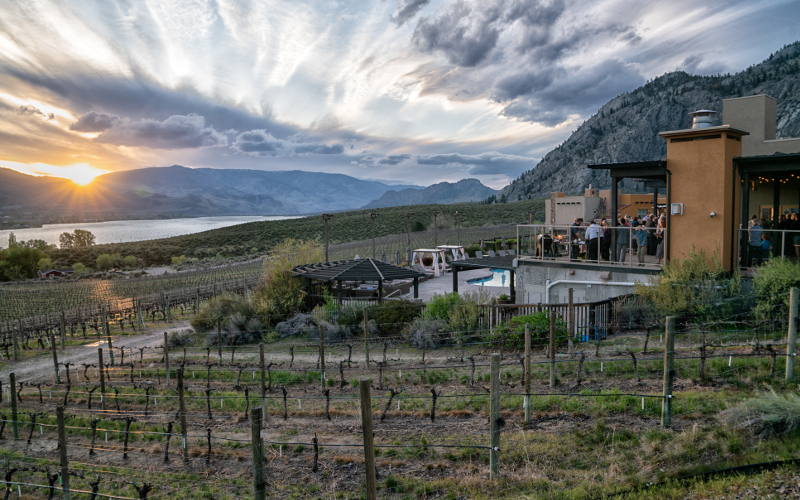
Osoyoos
The heart of Canada’s only desert, Osoyoos (population 5,000) is popular with those seeking the Okanagan lifestyle but without the steeper prices of its more northernly neighbours. 120 kilometres south of Kelowna.
Connections: On the Canada/U.S. border and at the junction of Highway 97 and 3, Osoyoos is easily accessible from all directions. It’s also only 45 minutes from the Penticton Regional Airport.
Community: Agriculture, viticulture, tourism and hospitality are the economic cornerstones of the region, but in recent years Osoyoos has been leveraging its existing strengths to build out an ecotourism and all-season recreation niche. The Osoyoos Indian Band operates various enterprises in the area, from wineries to resorts, while the value-added wood sector is an emergent industry.
Competitive Advantage: While the climate (over 2,000 hours of sunshine a year) and recreation opportunities are big draws for those looking to make the move, so too are the many services accessible to business owners, including from the Community Futures Development Corp. and Accelerate Okanagan. Recent “business-friendly” bylaw changes have lowered the requirement for parking spaces for area businesses.
Coming Soon: In June, Osoyoos council signed off on the second phase of a three-stage housing development, part of the Meadowlark Plan the promise to add 23 single-family homes and four duplexes to the housing strapped community.
Parksville & District
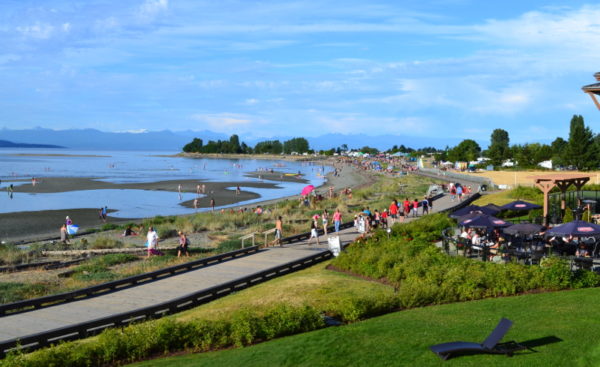
A mecca for visitors and right-sizers both, the town of Parksville (population 12,000) is about much more than just its stunning Vancouver Island beachfront. 150 kilometres northwest of Victoria.
Connections: A two-hour drive from the capital, Parksville is also just 30 minutes from the Nanaimo ferry terminal and less than an hour from the Comox Valley Airport, with connections to Vancouver, Alberta and beyond.
Community: The retail sector is vital in Parksville to serve local residents, just as its surrounding businesses are to servicing local fishing and forestry enterprises. The oceanfront is also a popular film locale for many national and international shoots.
Competitive Advantage: Lifestyle amenities are key to Parksville’s draw, but for many entrepreneurs or workers considering the move, so too is the Parksville Civic and Technology Centre. The 41,000-square-foot centre is home to the Parksville campus of Vancouver Island University, the Parksville branch of the Vancouver Island Regional Library and City of Parksville offices, among others. Just next door is the Parksville Community and Conference Centre, with an auditorium/theatre, boardroom and meeting rooms.
Coming Soon: In November 2019, Parksville and surrounding business groups formed a coalition to promote business and tourism in the Oceanside region–showing increasing strength in numbers.
Port Alberni
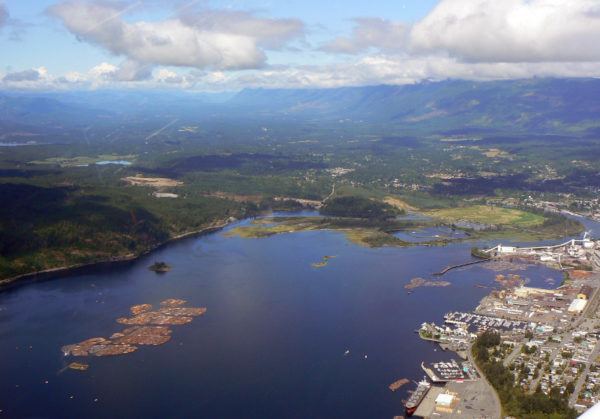
More than just a gateway to Canada’s West Coast, Port Alberni (population 18,000) is making headway as a welcoming base for the knowledge economy. 200 kilometres northwest of Victoria.
Connections: Highway 4 connects Tofino to the west and Port Alberni to the east.
Community: Forestry and the fisheries have been cornerstones of the local economy for decades. As eco-tourist interests on the West Coast have boomed, a service economy has also started to flourish in Port Alberni–the largest community en route to Tofino and Ucluelet.
Competitive Advantage: According to Sara Darling at the city of Port Alberni, the community is “actively working to encourage tourism-related developments and infrastructure in Port Alberni.” She highlights the “Connect the Quays” project as one such example: a multi-modal waterfront pathway that links Victoria Quay and Kitsuksis Dyke with Harbour Quay.
Coming Soon: Port Alberni is expanding its regional airport to service what it hopes to be a burgeoning tech scene. The city is an active part of TechIsland: a joint initiative, launched by eight coastal communities on Vancouver Island, to encourage investment in the tech sector.
Princeton
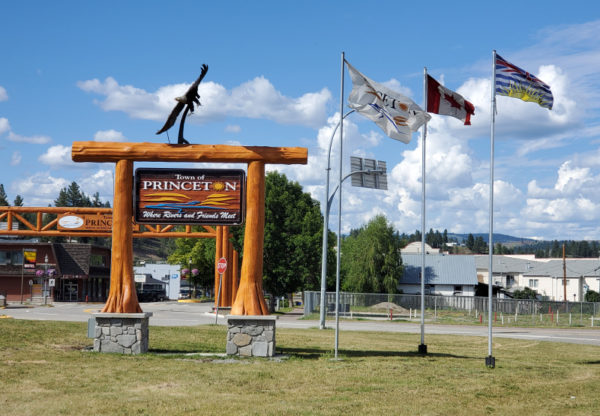
Princeton (population 3,000) is at the heart of one of B.C.’s fastest-growing eco-tourist destinations, the Similkameen Valley. 280 kilometres east of Vancouver; 160 kilometres southwest of Kelowna.
Connections: Princeton sits at the junction of Highways 3 and 5A, taking travellers to the Lower Mainland and all points throughout the Okanagan, Nicola and Similkameen valleys.
Community: With a Weyerhaeuser sawmill and the Copper Mountain mine employing hundreds in the region, Princeton has long had a reputation as a resource town. But a medical cannabis outfit, BC Green Pharmaceutical, just got permitting this year, promising to add hundreds more jobs in one of B.C.’s fastest-growing sectors.
Competitive Advantage: Princeton is one of the most affordable communities within a three-hour drive of Vancouver, with a typical three- to four-bedroom home going for $350,000 to $450,000. And communities are non-existent, as director of economic development Gary Schatz points out: “I came from Ontario three years ago, I used to commute an hour-plus each way. Now I’m 600 metres from my office.”
Coming Soon: Despite the pandemic, town council is full-speed ahead on a downtown revitalization effort, adding a series of bronze statues to the landscape and looking for ways to make the downtown strip more pedestrian friendly.
Summerland
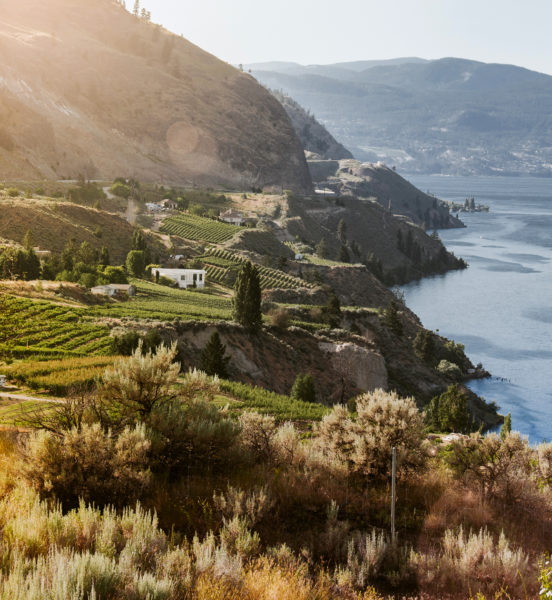
There’s undeniable attraction in the sunny name, but this town of 12,000 offers appealing year-round access to Okanagan recreation and culture. 46 kilometres southwest of Kelowna.
Connections: The rest of the Okanagan is easily accessible via Highway 97, and all points beyond. It’s less than an hour’s drive from Kelowna’s International Airport, and less than 20 minutes from the regional airport in Penticton.
Community: Building on its agrarian roots, Summerland has extended its agri-food expertise with the world-class Pacific Agricultural Research Centre.
Competitive Advantage: While lifestyle considerations (including 14 local wineries) are paramount, Summerland also touts plentiful industrial land, fast internet and “mobile business licensing options” to prospective new businesses. That plus access to acclaimed educational opportunities in the region, including UBC Okanagan and Okanagan College.
Coming Soon: Leveraging its abundant sunshine, Summerland is in the midst of rolling out an integrated Solar Project for sustainable energy management in the business community.
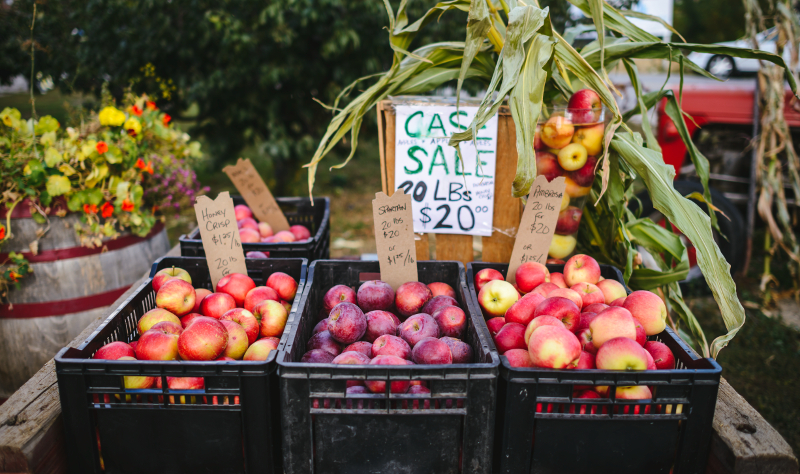
West Kelowna
This city of 35,000 on the west shore of Okanagan Lake is fast growing and fast moving, providing unique opportunities for businesses hoping to get an Okanagan foothold. 8 kilometres (across the William R. Bennett Bridge) west of downtown Kelowna.
Connections: Right on Highway 97 and less than 25 minutes from Kelowna International Airport, this business-friendly community is easily accessible from points near and far.
Community: While retail and construction have historically been two of the biggest economic drivers, the city, with the help of Westbank First Nation and its 400 businesses, is reshaping the region as a hub for retail, manufacturing and professional services.
Competitive Advantage: Through a joint Visit Westside initiative, the City of West Kelowna and Westbank First Nation have helped promote and grow various tourism and outdoor experiences in recent years. The Westside Wine Trail and Westside Farm Loop have also helped boost the profile of many area agribusinesses.
Coming Soon: The city launched a visioning process in June, #OURWK, to get public input in advance of updating West Kelowna’s Official Community Plan.


